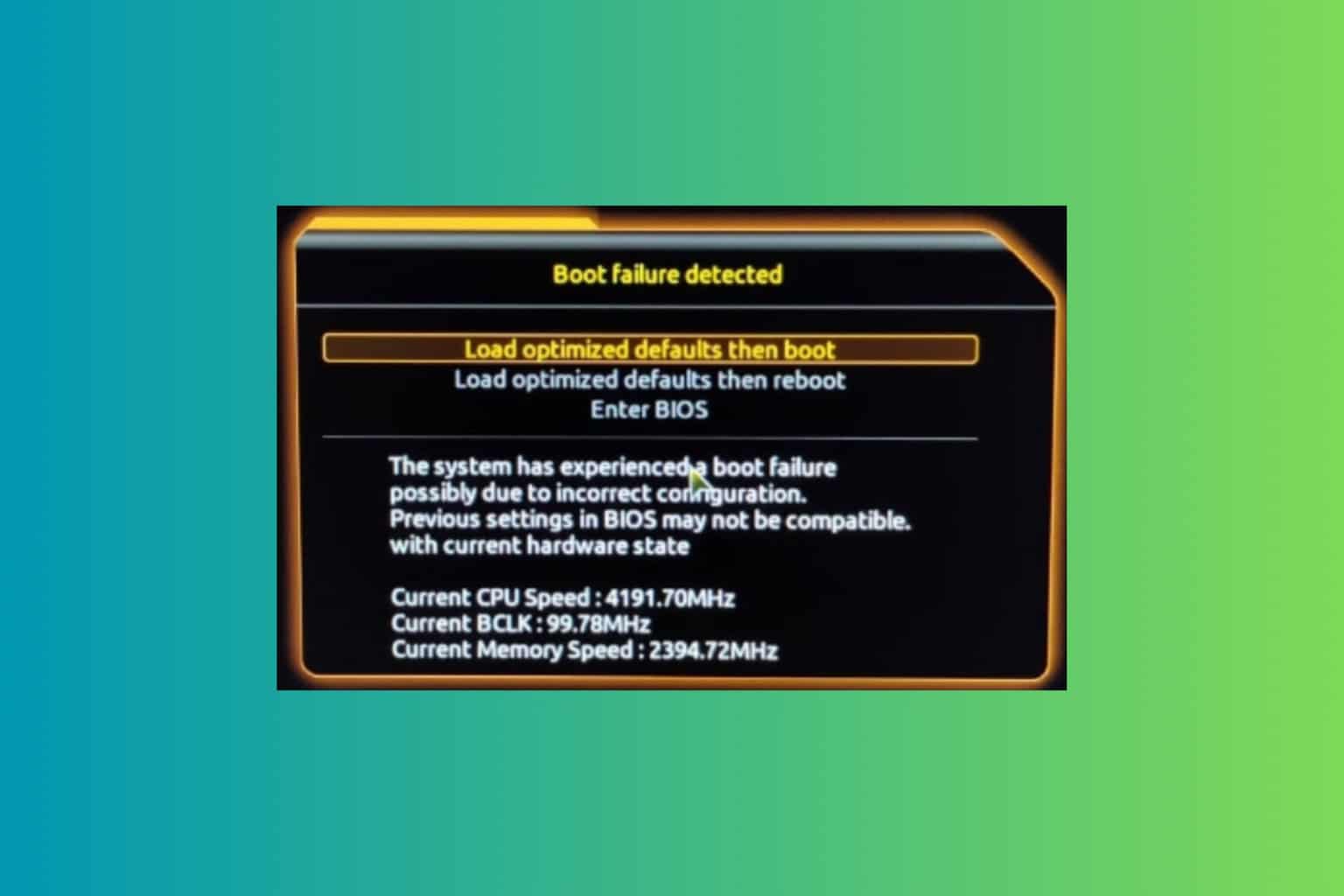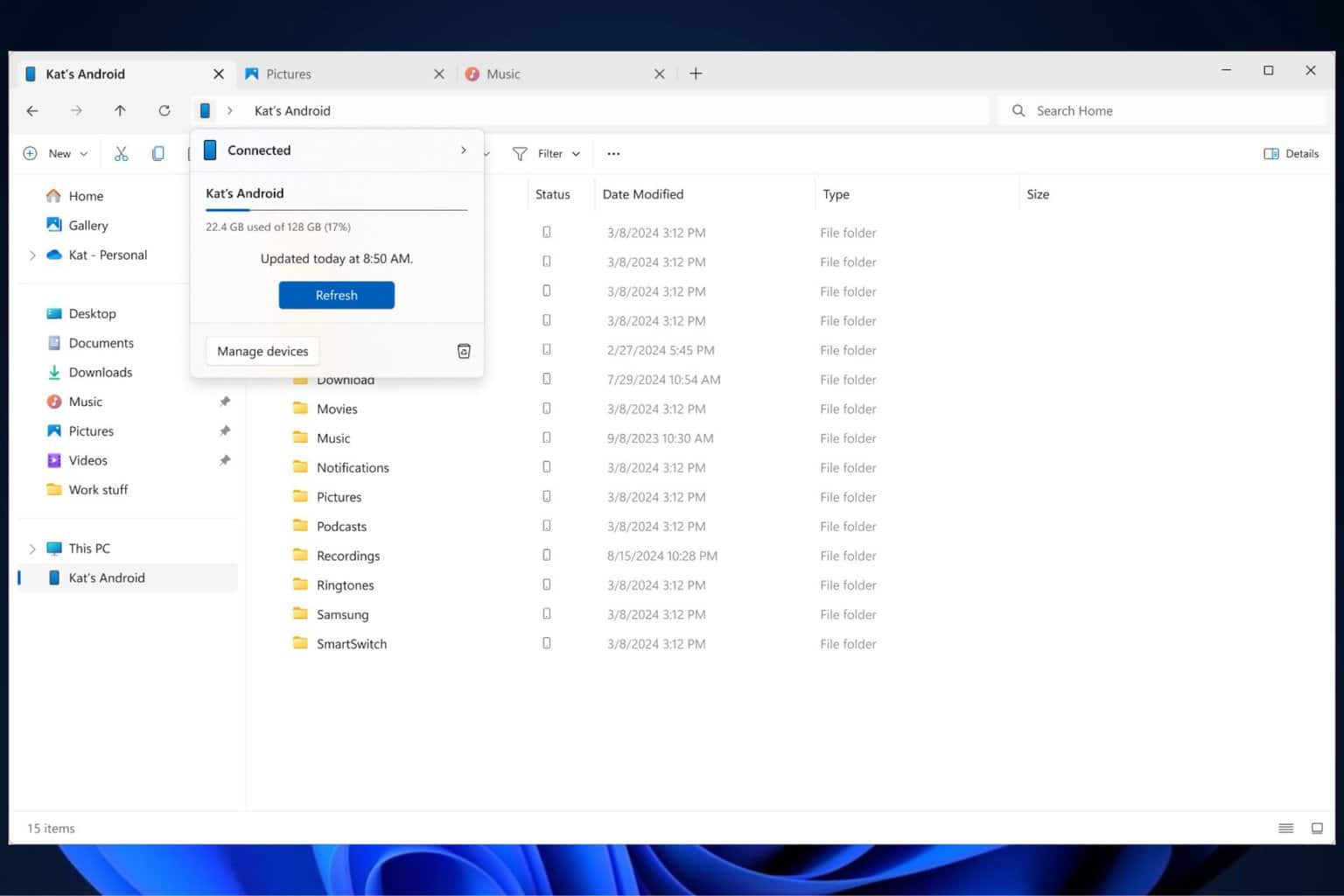Microsoft walks devs through porting Unity 3D games to the Universal Windows Platform
3 min. read
Published on
Read our disclosure page to find out how can you help Windows Report sustain the editorial team Read more

With Microsoft announcing the Windows 10 Anniversary Update scheduled for summer of 2016 and an operating system upgrade bringing a laundry list of improvements and features, it seems like now is as good a time as any to get developers interested in porting their Unity 3D games to the Universal Windows Platform.
Alex Tedorescu-Badia of the Windows team walks developers through the relatively easy process of building and deploying a pre-existing Unity 3D powered game into the Windows Store on the company’s Building Apps for Windows blog.
To develop, compile, and submit a Unity game to the Windows Store, you will need:
- Unity – Either the Unity free version or Unity Pro will work. The add-ons for publishing to the Windows Store are free for both basic and Unity Pro users.
- Visual Studio – You can use any Visual Studio SKU, including the free Visual Studio Community. To target Universal Windows Platform, you will need at least Visual Studio 2015 Update 1.
- Windows 10 – If you do not own a Windows 10 license, you can get a 90-day evaluation version. If you are running Mac OS X or will install on Apple hardware, check different options for installing using Boot Camp, VMWare, or Parallels.
- Windows Store developer account – This will be needed to submit your game to the Windows Store. During this process, you will register and get verified as an individual or as a business who can submit apps and games to the store. This registration allows you to submit apps and games to PC, Phone, Tablet and also in the future to HoloLens and Xbox. There is a small registration fee for individuals to sign up, although free Dev Center accounts are often available through Microsoft-sponsored programs (e.g. for startups).
- Windows 10 test devices – While the Visual Studio simulators and emulators can replicate multi-touch and different display resolutions, it is recommended that you test on a real ARM mobile device with touch capability if you are developing a mobile/touch experience.
In a step by step process, Tedorescu-Badia goes from configuring developer mode in Windows 10 to distributing the app to other users either through the Windows Store or sideloading by creating appxupload packages.

During 2015, Microsoft talked a massive game about its Universal Windows Platform and admittedly, the company’s pitch had many developers impressed. Part of the company’s sell was that developers who had already invested time and resources into an app, game, or service on another platform could reasonably easily port those efforts to Windows with relatively little work. However, the less impressive aspect about the new unifying platform was the lack of available tools for developers to get their projects off the ground.
Well into 2015, Microsoft had yet to ship beta or preview versions of their porting tools to developers, and it seemed as though the company may have let the air out of its balloon waiting in between announcement and release of the port framework. Fortunately, 2016 appears to be Microsoft’s year for delivering on many of the promises it offered developers last year, ranging from improvements to Edge to actual HoloLens headsets to developers for content creation and finally building out its Windows Store app catalog in the process.








